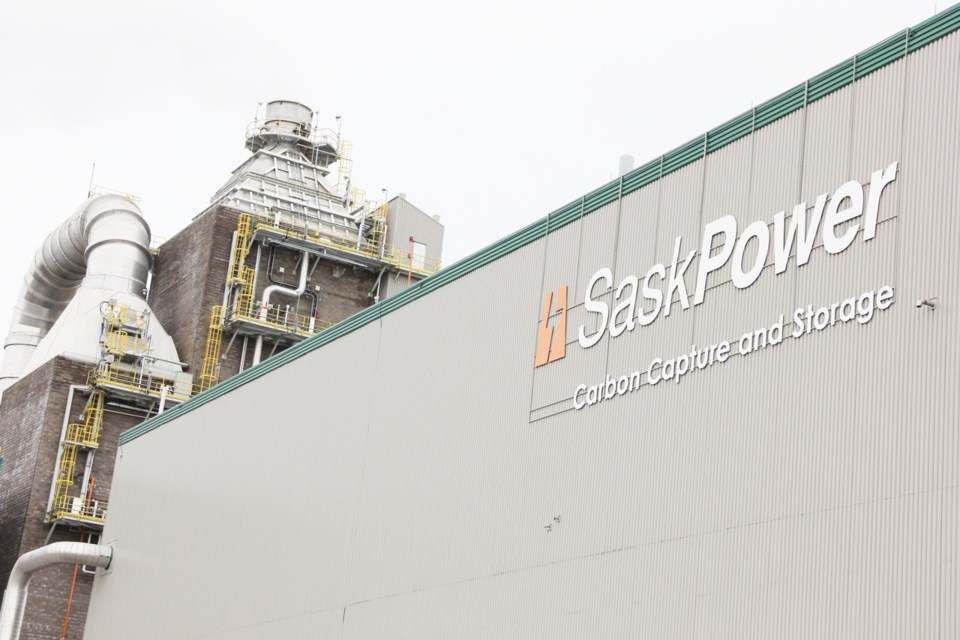ESTEVAN - The carbon capture and storage (CCS) facility at SaskPower's Boundary Dam Power Station came close to having a record-breaking year in 2023.
The year-end numbers for the facility were released in mid-January. They show 786,450 tonnes of CO2 were captured in 2023, an increase from the 749,045 tonnes captured in 2022, and just shy of the record of 792,809 tonnes set in 2016.
According to SaskPower, the CCS facility was available 85.5 per cent of the time, exceeding the Crown corporation's target of 75 per cent.
Since the CCS facility came online in October 2014, nearly 5.8 million tonnes of CO2 have been kept from entering the Earth's atmosphere. Whitecap Resources announced last year it had signed a CO2 purchase and sale extension agreement to Dec. 31, 2034 with SaskPower for the purchase of CO2 that is captured at Boundary Dam.
During the fourth quarter of 2023 (Oct. 1-Dec. 31), the CCS facility was available 80.5 per cent of the time, capturing 195,050 tonnes of CO2. While online, the facility had a daily average capture rate of 2,771 tonnes in the fourth quarter, with a peak one-day capture of 3,044 tonnes.
Unit 3 was available 79.9 per cent of the time. The CCS plant cannot operate when Unit 3 is offline, but Unit 3 can operate without CCS.
This resulted in an emissions intensity of 377 tonnes of carbon dioxide per gigawatt hour, below the federal threshold of 549 tonnes per gigawatt hour. SaskPower is currently working to align emission intensity reporting with federal coal regulations.
The acid plant at CCS also continued its strong performance, producing 3,756 tonnes of sulfuric acid in 2023. This is just shy of the record total of 3,788 tonnes produced in 2022.
The acid plant was online 27.9 per cent of the time, and 432 tonnes of sulphuric acid were produced.
The next edition of the Mercury will have more on this story.






